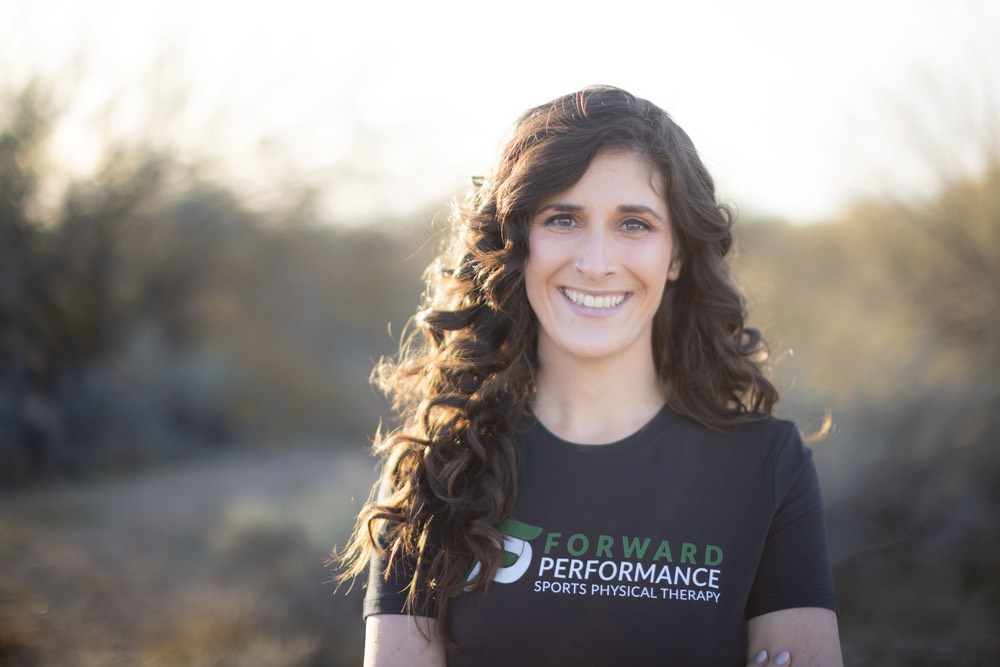Have you always been super flexible? During your yoga practice, do certain poses come easy to you where you can see the rest of the class struggling? As a kid, could you give the cirque du soleil acrobats a run for their money? Or maybe your friends or family would tell you must be double jointed because your fingers could practically bend backwards? In the medical field, when a person has a large range of movement or flexibility in the connective tissues surrounding their joints this is called “hypermobility”– essentially a fancy word for “your joints wiggle more than average”. But what’s important, people that are hypermobile tend to have more wear and tear on their joints as they age.
Hypermobility comes in a lot of shapes and sizes and not all of them are [necessarily] problematic. For example, a lot of people with increased flexibility thrive in a variety of sports such as dance, gymnastics, diving, and wrestling. These people tend to gravitate towards yoga, pilates, and barre classes, which are all fantastic mediums of exercise. They promote movement, body awareness, strength, and endurance in a low impact environment that’s great for long term health and wellness.
However, our bodies are very smart and very stupid at the same time. If you say “do something”, your body is going to find a way to do it, but that often means it’s going to find the path of least resistance. It’s not necessarily the right path. Because there is excess motion in your joints due to increased flexibility in your ligaments (the structures that connect your bones together) that means your muscles need to work extra hard to stabilize your joints. What you FEEL is achiness in your joints or ‘tightness’ in your larger muscle groups like your hamstrings/quads (the muscles in the back and front of your thighs), your paraspinals (the big corded muscles going down either side of your spine), or your traps (the thick muscle right next to your neck and across the top of your shoulders). The natural reaction is to stretch your tight muscles, but the relief is only temporary and it probably feels like the stretching is becoming less and less effective. Right?
For example, can you do a full forward bend with your palms touching the floor or lean back into downward dog, but your hips and hamstrings still ‘feel tight’ even though you have full mobility? Oftentimes this ‘tightness’ is actually a weakness. Strengthening is key. Think of it this way: if the average person were to attempt to do the splits, they would feel really tight in their legs because they are stretched further than their muscles are capable of. The answer wouldn’t be for that person to then stretch their legs further right? The only way for them to feel less tight is to shorten that musculotendinous relationship via strengthening.
For people with hypermobility they are often living their day to day ‘in the splits’ because their muscles are already overstretched attempting to control the extra movement in their joints. This often presents as feeling really stiff and achy first thing in the morning, feel better once they get moving because their muscles are stabilizing, but then there is a tipping point where if they move too much their muscles fatigue and get tight and achy again. Oftentimes there isn’t one position that is comfortable and you will have a tendency to fidget or sway when standing. Stretching feels good at first but if you stretch for too long then it hurts. Is any of this starting to sound familiar?
In my case, I was in the best shape of my life as a D1 collegiate soccer player with all the cross training I could ask for and then I traded it for only mental exercise in studying during PT school on a squishy couch. I started my full time job as a physical therapist, 2 pregnancies along the way, and with the only ‘exercise’ my sleep deprived body was getting was walking around the clinic and wrangling my toddlers. Needless to say my body has started to protest and has gone on to lead a full out mutiny. The only way I got better was with targeted and tailored strengthening in the local stabilizing musculature in my hips, glutes, and core.
FPSPT specializes in functional movement analysis to diagnose where your compensatory movements are originating and to counteract those muscle imbalances with a specifically tailored program to you and your goals. Schedule your initial evaluation now because you don’t have to settle for just ‘making it through the day’. Let us help you get back to your active lifestyle with less pain. It’s only forward from here!

